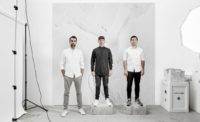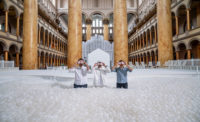Snarkitecture
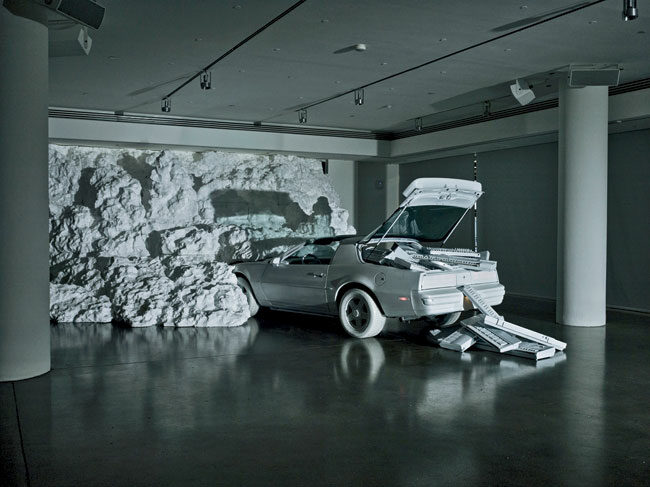
The White Room, 2013.
Photo courtesy Snarkitecture / Noah Kalina
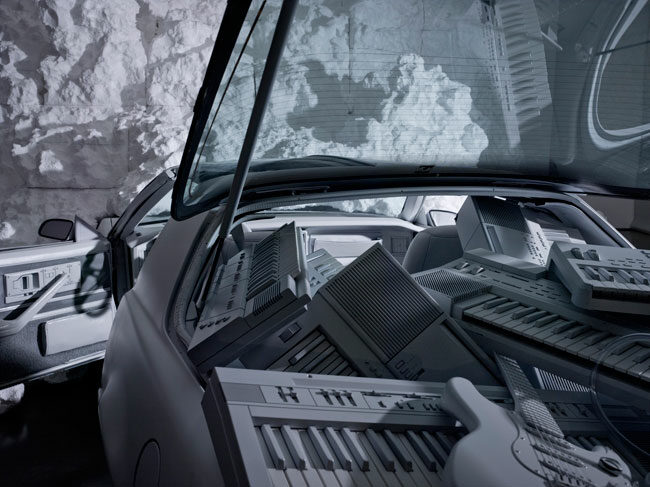
The White Room, 2013.
Photo courtesy Snarkitecture / Noah Kalina
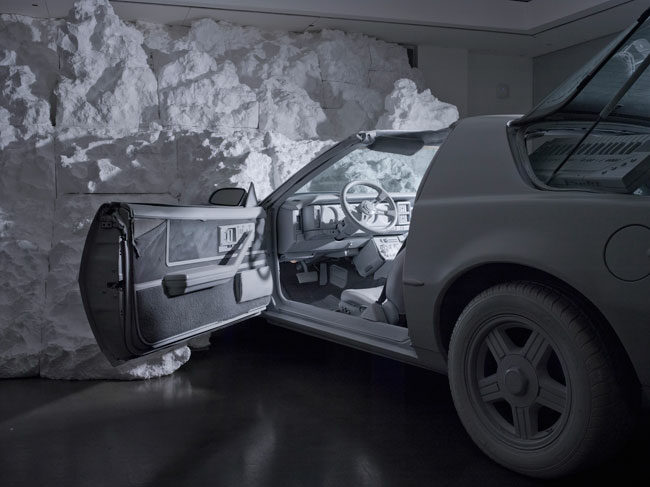
The White Room, 2013.
Photo courtesy Snarkitecture / Noah Kalina
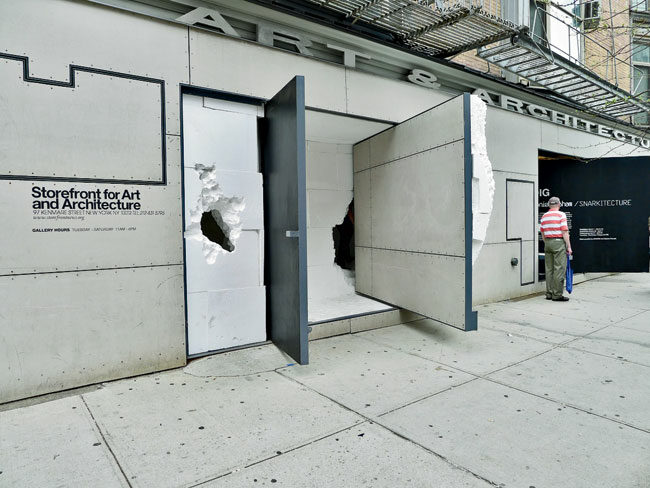
Installation view of Snarkitecture, Dig, 2011, at the Storefront for Art and Architecture in New York.
Photo courtesy Storefront for Art and Architecture
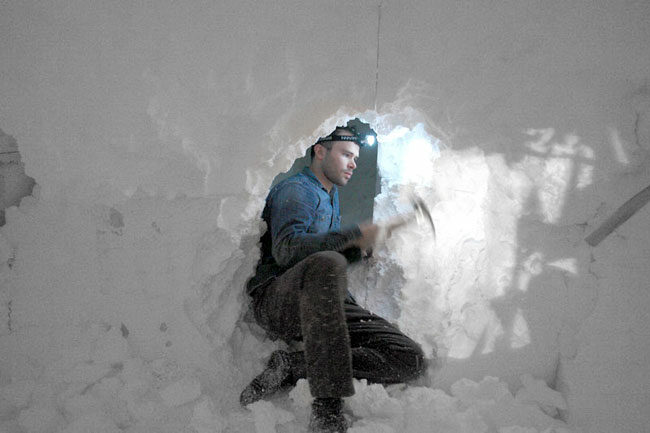
Installation view of Snarkitecture, Dig, 2011, at the Storefront for Art and Architecture in New York.
Photo courtesy Snarkitecture
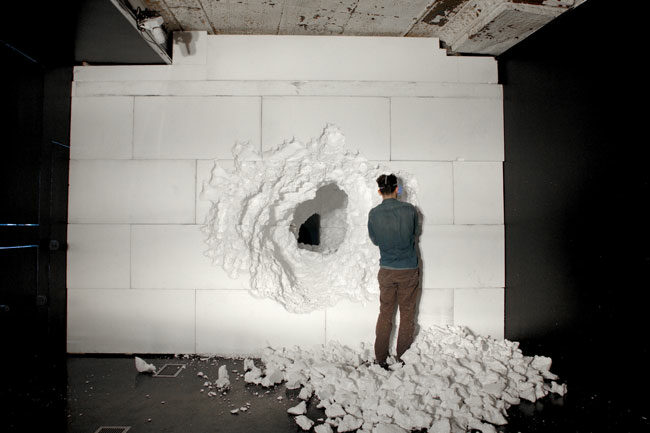
Installation view of Snarkitecture, Dig, 2011, at the Storefront for Art and Architecture in New York.
Photo courtesy Snarkitecture
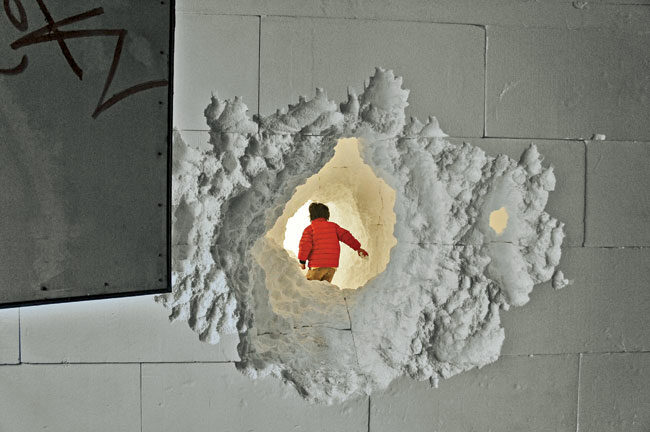
Installation view of Snarkitecture, Dig, 2011, at the Storefront for Art and Architecture in New York.
Photo courtesy Storefront for Art and Architecture
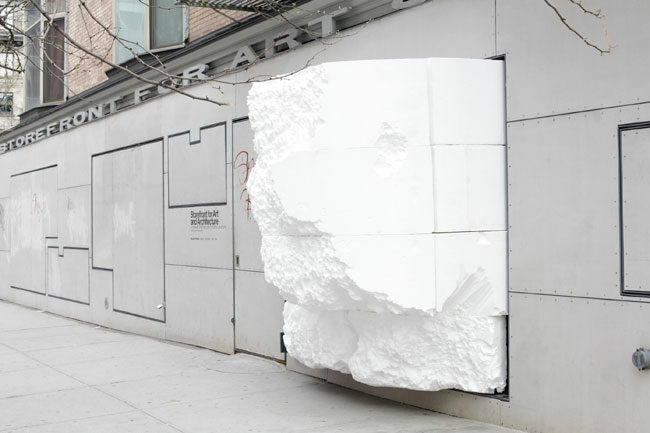
Installation view of Snarkitecture, Dig, 2011, at the Storefront for Art and Architecture in New York.
Photo courtesy Snarkitecture
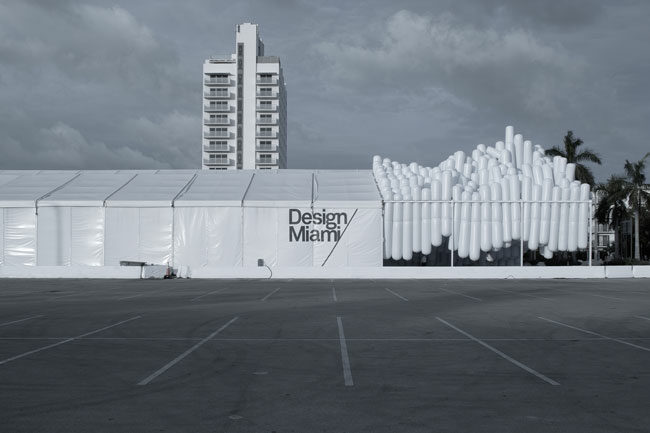
Installation view of Snarkitecture, Drift, 2012, at Design Miami.
Photo courtesy Snarkitecture / Markus Haugg
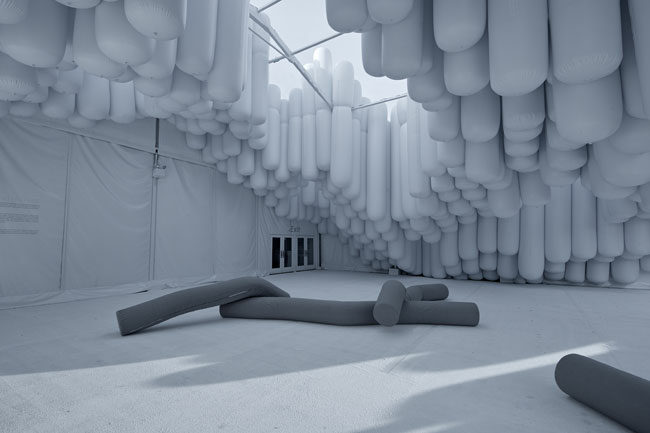
Installation view of Snarkitecture, Drift, 2012, at Design Miami.
Photo courtesy Snarkitecture / Markus Haugg
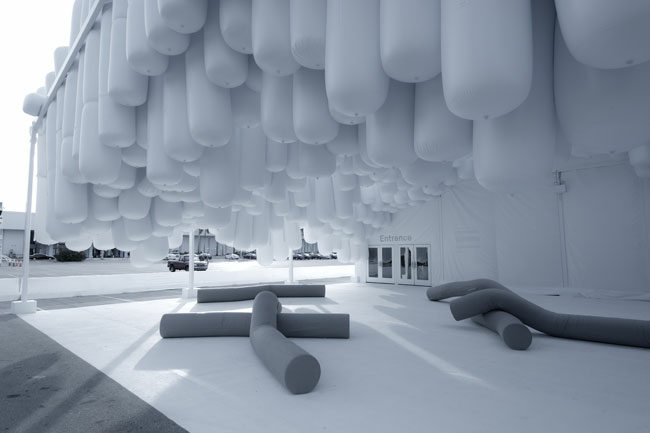
Installation view of Snarkitecture, Drift, 2012, at Design Miami.
Photo courtesy Snarkitecture / Markus Haugg
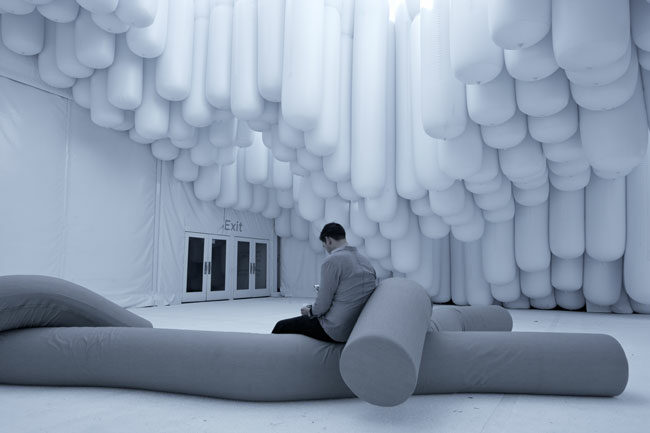
Installation view of Snarkitecture, Drift, 2012, at Design Miami.
Photo courtesy Snarkitecture / Markus Haugg
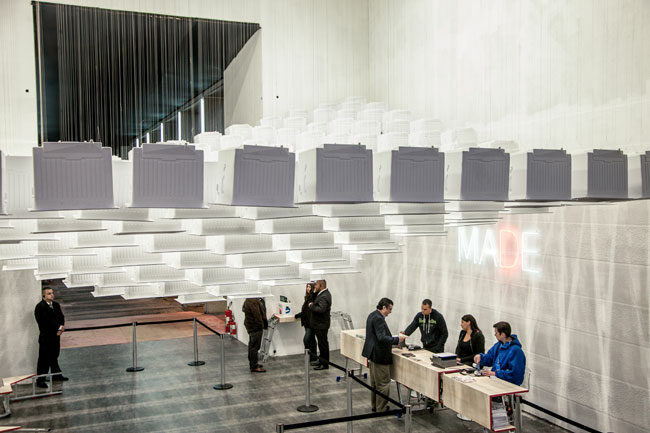
Installation for MADE in S'o Paulo, 2013.
Photo courtesy Snarkitecture
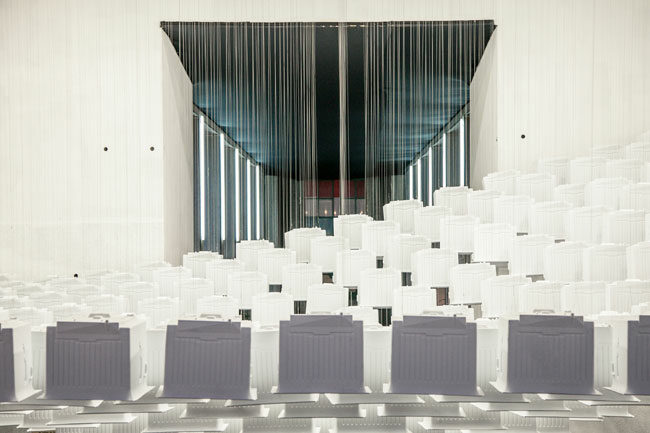
Installation for MADE in S'o Paulo, 2013.
Photo courtesy Snarkitecture
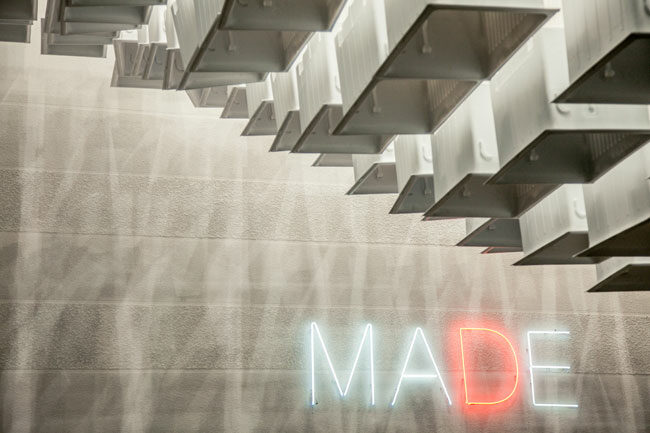
Installation for MADE in S'o Paulo, 2013.
Photo courtesy Snarkitecture
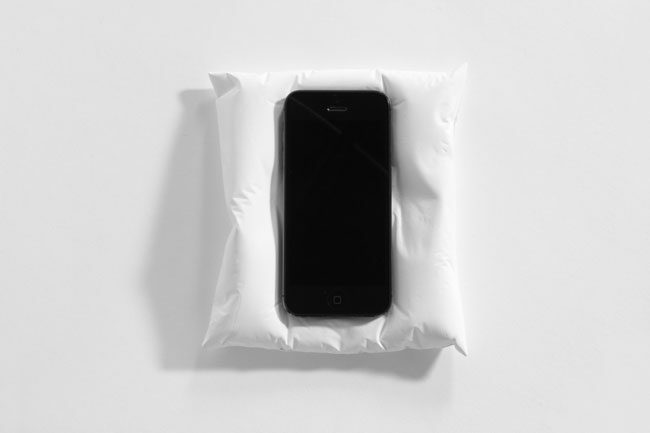
iPhone pillow made from cast white gypsum cement.
Photo courtesy Snarkitecture
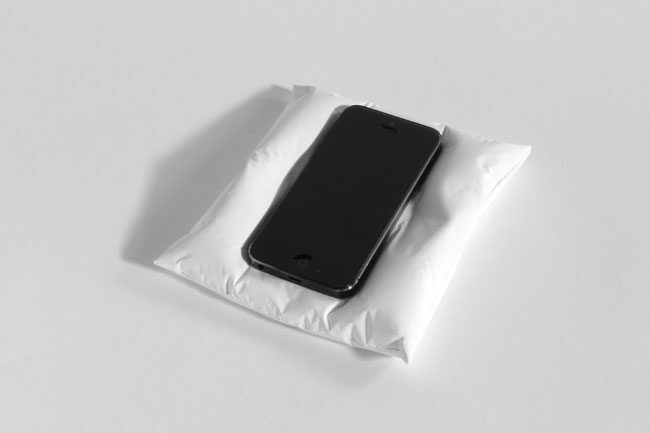
iPhone pillow made from cast white gypsum cement.
Photo courtesy Snarkitecture

iPhone pillow made from cast white gypsum cement.
Photo courtesy Snarkitecture



















